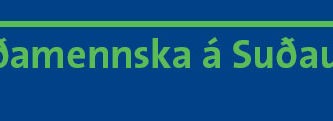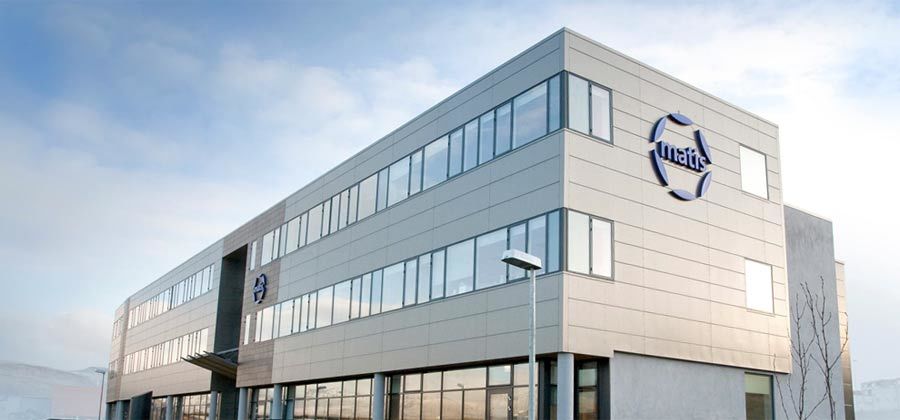Process control for fishing, processing and processing of salted fish. Effects of different salting methods on the effect of flat fish
Flat cod was processed according to different salting processes in order to assess the effect of pre-salting (injection, pickling and brine salting) and the composition of the injection brine (salt, phosphate, fish protein) on the action properties. Pre-salting improved efficiency and overall utilization at all stages, depending on efficacy, dehydration and drying. Brine was better than brine salting but had the most effect of spraying (followed by brine). All groups were post-salted after pre-salting. Products with added proteins came out best in the quality assessment, ie. higher percentage went in SPIG I than in other groups. Effects on microbial growth and degradation (TVN, TMA, TBA) were not significant. Efficacy characteristics assessed by sensory evaluation were similarly similar for all groups, regardless of the salting method.
Different pre-salting methods (injection, brine salting, pickle salting) were used as the initial step in heavy salting of cod. The effects of brine composition (salt, phosphate, fish proteins) were evaluated. Pre-salting increased yield and quality, brine salting was more effective than pickle salting, but the best results were obtained by injection (followed by brine salting. Dry salted was used as the main salting step for all groups. Higher ratio of products with added proteins were graded as the best class (SPIG I). Effects on microbial growth or formation of degradation compounds (TVN, TMA, TBA) were not significant.Sensory analysis showed that curing characteristics (taste, odor, appearance, texture) were not affected by the salting procedure.










